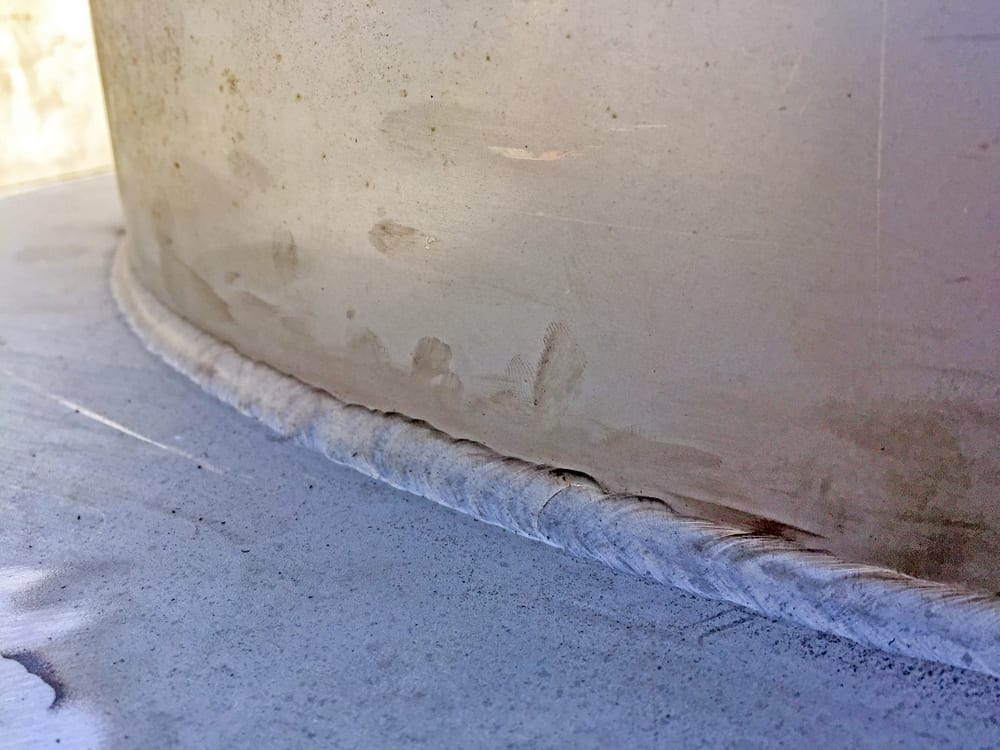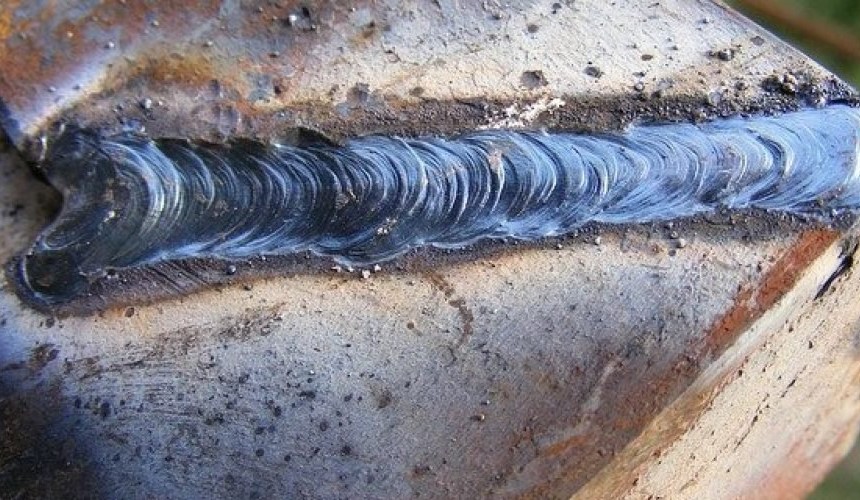Your Full Manual to Preventing Weld Undercut Like a Pro
Your Full Manual to Preventing Weld Undercut Like a Pro
Blog Article
Important Tips for Welders: Protecting Against Undercut Welding and Ensuring Stronger Weld Joints
In the world of welding, achieving solid and durable weld joints is the foundation of producing premium work. Nonetheless, one typical difficulty that welders typically run into is undercut welding, which can jeopardize the stability of the weld joint. By understanding the factors that add to damaging and carrying out the right techniques and safety measures, welders can effectively stop this concern and make certain the longevity and strength of their welds. Let's discover some necessary tips that can help welders navigate this obstacle and elevate the high quality of their welding projects.

Understanding Undercut Welding
Undercut welding is an usual welding issue that happens when the weld steel stops working to properly load the groove and leads to a groove-like anxiety along the weld bead. This flaw weakens the weld joint, making it at risk to splitting and failure under tension. Undercutting can be caused by numerous aspects, including too much welding existing, high welding speed, improper electrode angle, incorrect electrode size, and poor welding method.
Among the major reasons for undercut welding is a discrepancy in between the welding existing and the welding rate. If the welding current is too expensive or the welding rate is also quickly, the weld metal may not appropriately fill up the groove, bring about undercutting. Furthermore, using an electrode that is as well huge can result in a comparable end result, as the excess metal can not effectively move into the groove.
To avoid undercut welding, welders ought to guarantee they are making use of the correct welding specifications, preserve an appropriate electrode angle, choose the ideal electrode dimension, and technique correct welding methods. By attending to these variables, welders can reduce the danger of undercutting and develop more powerful, much more trusted weld joints.
Appropriate Welding Method
Efficient welding technique plays an essential duty in making certain the quality and stability of weld joints. One essential element of proper welding technique is keeping the right angle and distance in between the welding gun and the work surface.
Furthermore, a constant and consistent hand activity is important for creating solid and sturdy weld joints. Welders must intend for smooth, uniform motions to make sure even circulation of the weld material. Correct control of the welding weapon and filler product is likewise essential to attaining optimal infiltration and combination.
In addition, regulating the warmth input and choosing the proper welding criteria based on the material being welded are essential variables in attaining top quality welds - Preventing weld undercut. Welders should follow the recommended setups provided by welding procedure requirements and change them as needed based upon the particular demands of the job. By understanding appropriate welding techniques, welders can considerably boost the strength and reliability of their weld joints
Selecting the Right Electrode
When thinking about the value of picking the right electrode in welding applications,Maintaining the correct angle and distance between the welding weapon and the workpiece is basic. The option of electrode plays a critical function in determining the quality and stamina of the weld joint. Electrodes are available in different types, each designed for particular functions and products.
To start with, choosing the proper electrode size is vital. Thinner electrodes are ideal for welding thin materials, while thicker electrodes are much better for thicker materials and higher warm applications. Matching the electrode size to the density of the workpiece helps attain a balanced weld.
Second of all, comprehending the material make-up of the electrode is important. Various electrodes are designed for welding particular products like steel, stainless steel, light weight aluminum, or cast iron. Utilizing the right electrode product makes certain great blend and decreases the threat of issues in the weld.
Lastly, considering the welding placement and method is essential when picking the electrode type. Certain electrodes are much Extra resources better fit for overhanging or vertical welding positions, while others work well for level or straight settings. Picking the right electrode based upon the welding method enhances the total weld high quality and stability.
Preparing the Base Steel
To make certain a successful welding process, what initial actions should be why not try here taken when preparing the base metal for welding? In addition, any type of existing weld product or deposit from previous welding ought to be removed to make certain a tidy surface area for the brand-new weld.

Performing Post-Weld Assessments

After carrying out these assessments, welders should compare the outcomes versus market standards and job requirements to guarantee that the weld joint meets all necessary criteria. Any type of inadequacies or discrepancies found during the post-weld examination needs to be without delay dealt with with proper rehabilitative measures to ensure the weld's stability. By diligently performing post-weld evaluations and immediately attending to any kind of problems, welders can support the quality and reliability of their work, eventually contributing to the safety and security and durability of the welded structures.
Conclusion

To conclude, avoiding undercut welding and guaranteeing more powerful weld joints need a mix of proper welding strategy, picking the appropriate electrode, preparing the base steel correctly, and performing post-weld examinations. By recognizing the reasons for undercut welding and carrying out the view publisher site needed precautions, welders can create premium weld joints that fulfill industry standards and ensure the architectural integrity of the bonded parts.
Undercut welding is an usual welding flaw that takes place when the weld steel stops working to properly load the groove and results in a groove-like clinical depression along the weld grain (Preventing weld undercut). Damaging can be triggered by various variables, including too much welding current, high welding rate, improper electrode angle, inaccurate electrode size, and poor welding technique
One of the primary reasons for undercut welding is an inequality between the welding existing and the welding speed. If the welding current is also high or the welding speed is too fast, the weld metal may not properly load the groove, leading to damaging.Keeping the right angle and range in between the welding gun and the workpiece is fundamental when considering the significance of choosing the ideal electrode in welding applications.
Report this page